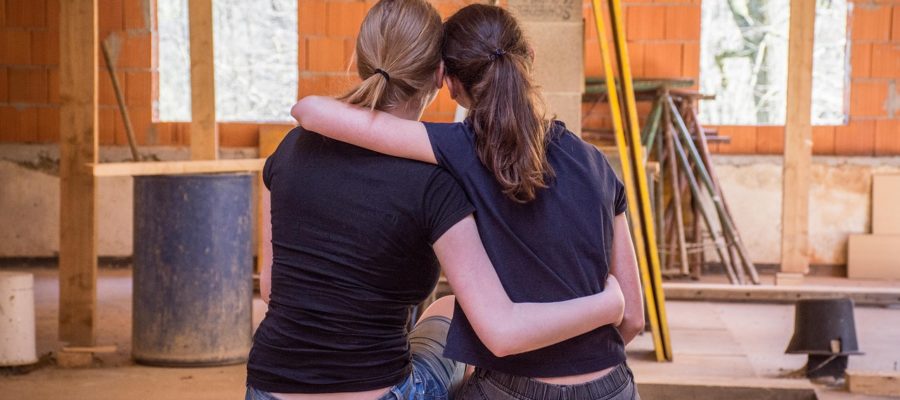Asbestos use has been heavily regulated in the United States for several decades now, leaving many homeowners to believe that exposure to the carcinogen is a thing of the past. Although newly-manufactured products are allowed to carry only up to 1% asbestos, the mineral still lies dormant within millions of residential homes across the country.
Despite the known issues associated with asbestos exposure, homeowners and residents still jump into home improvement projects without determining where the mineral could be found. By spreading the word about how home renovations can lead to asbestos exposure, we hope to encourage homeowners to take control of their health during these projects.
The Age of Your Home
If your home was built during the early to mid-20th century, there is a substantial possibility that asbestos resides inside. This is largely due to its one-time prevalence throughout the construction industry. Although this mineral is now recognized as a cancer-causing agent, it was once thought to be a miraculous additive for building materials because of its ability to resist heat and a wide range of chemical reactions.
Fortunately, the mere presence of the mineral in products isn’t a threat, but they can become a hazard when asbestos-containing materials (ACMs) are weathered or damaged. Taking precautionary measures is especially important for those planning to renovate their homes and should prompt homeowners to keep an eye out for old and weathered areas around the house.
The Dangers Behind Home Improvement
Many homeowners prefer to take on DIY projects as a fun and cost-effective way to tackle the task of beautifying their living areas. Although you may be fascinated by the idea of customizing your space, rushing into this endeavor without knowing the risks can result in toxic exposure.
Damage to ACMs is a primary cause of general exposure, which is a huge part of the home renovation process. Once these products undergo physical damage, thousands of fibers can be inhaled or ingested by anyone in the area. This includes any sawing, drilling, or sanding that can loosen and stir up asbestos fibers. Whether you’re planning to tear down a wall or replace your entire kitchen floor, it’s always in your best interest to check with an inspector before moving forward with the project.
Once inhaled, the fibers can become lodged in the lungs, possibly resulting in an asbestos-related illness such as malignant mesothelioma. Although less common among the general public, asbestos is a major cause of occupational cancer, primarily among tradesmen and construction workers. As more workers come forward with an asbestos-related illness, the associated risks of coming into contact with the mineral become increasingly evident.
Old Building Materials
You cannot spot asbestos by simply looking at it and, even if you could, the tiny fibers are often embedded inside building products. For example, asbestos may have been used in the adhesive under your floor tiles or in a spray coating applied to your walls, making it impossible to identify.
For this reason, it’s best to educate yourself about what products have been known to use this mineral in the past. Some of the most common products include old ceiling textures, adhesives, asphalt or vinyl floor tiles, caulking, insulation, wallboard, sheetrock, roof shingles, and more. If you suspect that your home might harbor asbestos-containing products, don’t panic. Asbestos can be safely removed just so long as it’s handled properly.
Taking Caution
Now that you know the reality of asbestos and home renovations, you can learn how to ensure your lungs are safe. Follow these simple steps before beginning any repairs or maintenance to prevent you and your loved ones from toxic exposure.
If you believe asbestos is present, seal off the area and refrain from removing suspicious materials on your own. You should restrict anyone from walking through or cleaning the exposed room to avoid further contamination. Disturbing ACMs is much more harmful than waiting for a trained professional to handle the problem for you. Always contact a trained specialist who can assess the risk and safely remove the materials from your home. In the meantime, invest in a respirator and protective gear and continue to spread the word to ensure your friends and family protect their lungs moving forward.


